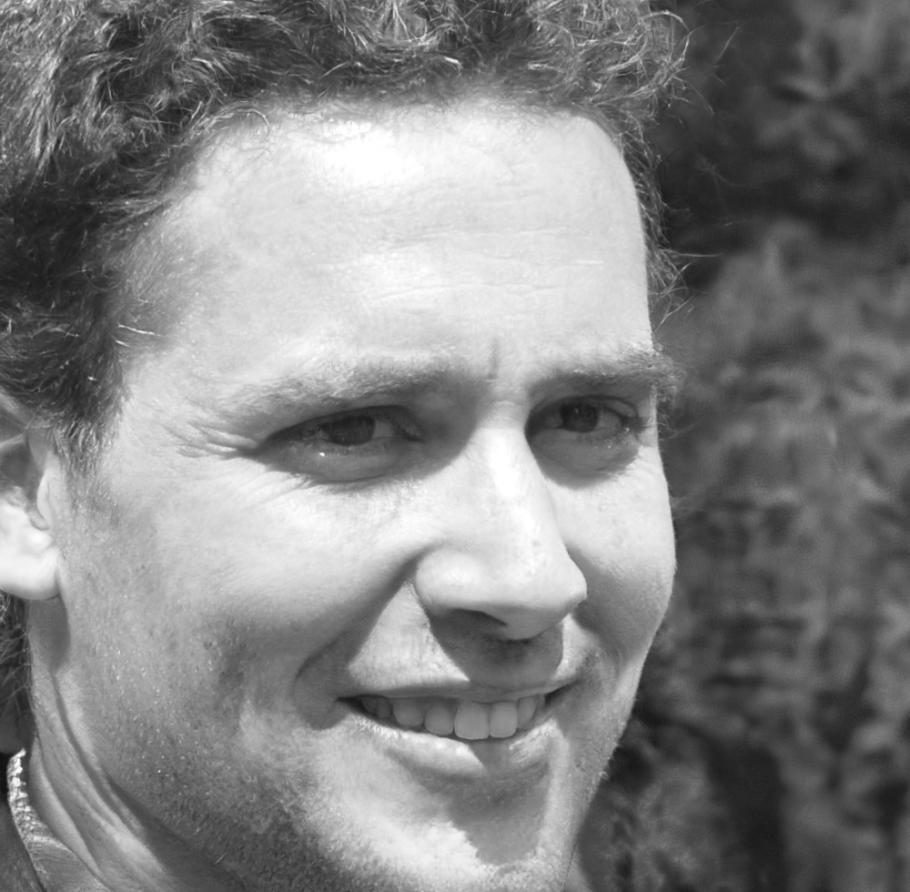Build Financial Models That Actually Work
Most analysts learn Excel shortcuts. We teach you how to think through complex business problems and structure models that CFOs trust. Our autumn 2025 program starts with real cases from Taiwan's tech and manufacturing sectors.
View Program Details
How You'll Progress Through the Program
We've structured this around how financial modeling actually happens in practice. Each phase builds on what you learned before, with hands-on work that mirrors real analyst responsibilities.
Foundation Mechanics
Start with the structural elements that every solid model needs. You'll learn why certain approaches prevent errors down the line.
- Three-statement modeling logic
- Assumption frameworks
- Error-checking protocols
- Version control practices
Valuation Applications
Apply your foundation to actual valuation scenarios. Work with real company financials from Taiwan's semiconductor and retail sectors.
- DCF methodology variations
- Comparable company analysis
- Precedent transaction work
- Sensitivity testing approaches
Scenario Planning
Build models that handle uncertainty. Learn how analysts prepare for multiple business outcomes and present them clearly.
- Case development techniques
- Probability weighting methods
- Downside protection analysis
- Management presentation prep

What You'll Actually Learn
Model Architecture
We start by showing you how experienced analysts organize their workbooks. The difference between a model someone can audit versus one that creates confusion comes down to structure decisions you make at the beginning.
Weeks 1-3Working Capital Dynamics
This trips up most junior analysts. You'll learn how to project working capital changes that reflect actual business operations, not just formulas copied from templates.
Weeks 4-6Cost of Capital Estimation
WACC calculations involve judgment calls that significantly affect valuations. We'll walk through how to defend your assumptions when presenting to senior stakeholders.
Weeks 7-9Terminal Value Approaches
The terminal value often represents most of your valuation. Learn which methods work best for different industries and how to explain your choices.
Weeks 10-12Real Case Application
Your final project involves building a complete model for a Taiwan-based company. You'll present your analysis and defend your assumptions, just like in an actual investment committee meeting.
Weeks 13-16Program Investment
Two options depending on your schedule and preferred learning approach. Both include the same curriculum and instructor access.
Standard Track
16-week program starting September 2025
- Two evening sessions per week
- Complete curriculum coverage
- Practice model templates
- Individual feedback sessions
- Access to case library
- Certificate upon completion
Intensive Track
8-week accelerated format starting October 2025
- Four sessions per week
- Same comprehensive content
- Additional workshop hours
- Priority instructor time
- Extended case materials
- Certificate upon completion

Jorma Virtanen
Program Instructor
I spent eight years building models for private equity deals before transitioning to teaching. Most of what I learned came from mistakes and feedback from senior analysts who pointed out where my work created problems downstream.
This program reflects what I wish someone had taught me systematically. We focus on the practical judgment calls that textbooks skip over but that determine whether your model gets used or ignored.
I've worked on transactions across Taiwan's tech sector and have seen which modeling approaches hold up under scrutiny. That experience shapes how I teach each concept.
- Former analyst at Meridian Capital Partners
- CFA charterholder since 2019
- Led valuation work on 23 completed transactions
- Teaching financial modeling since 2022